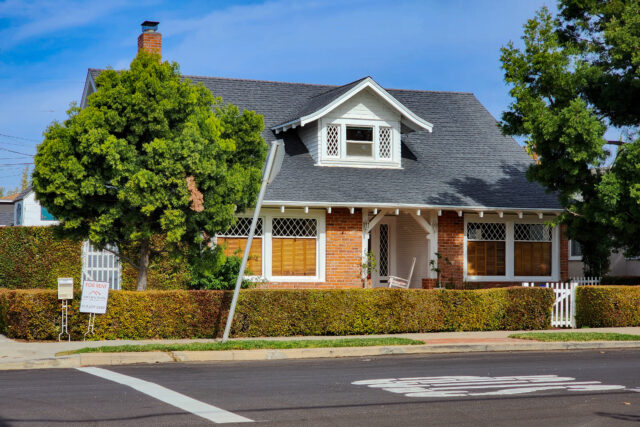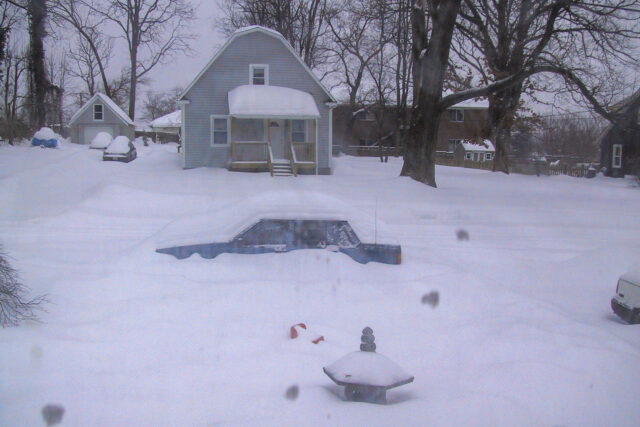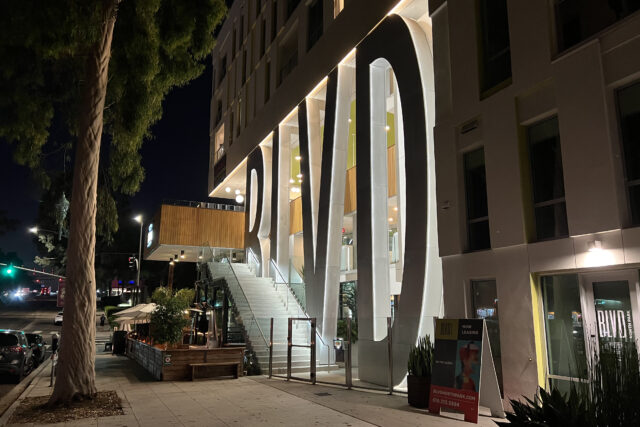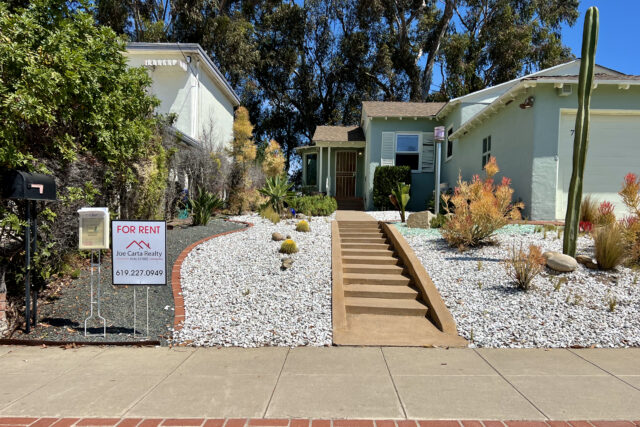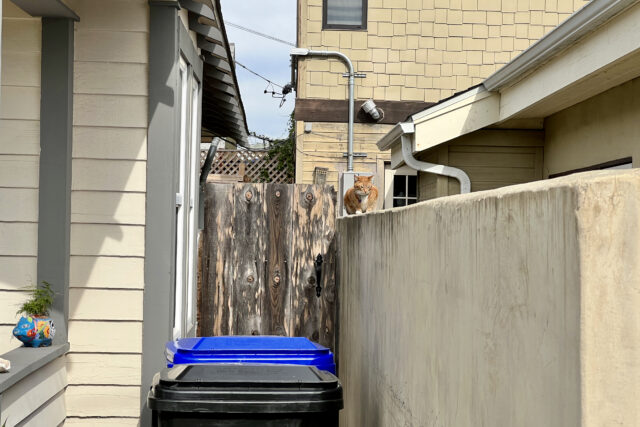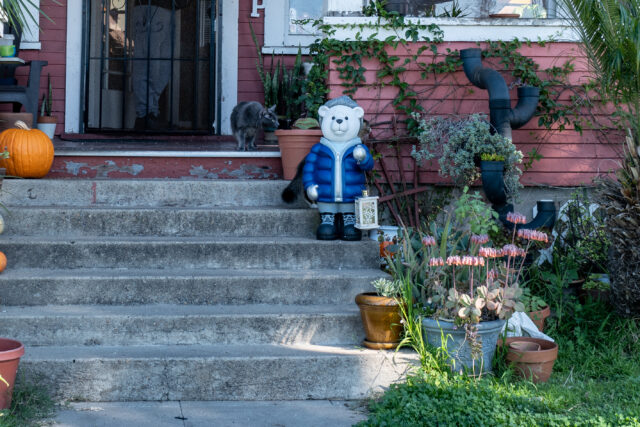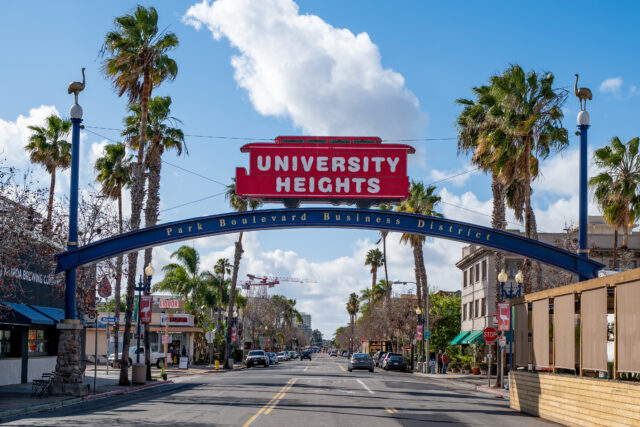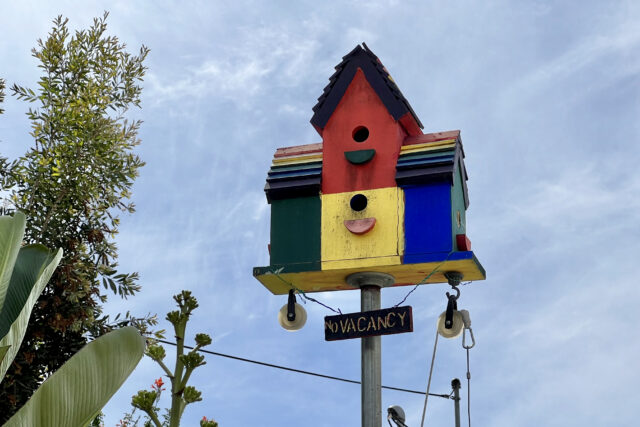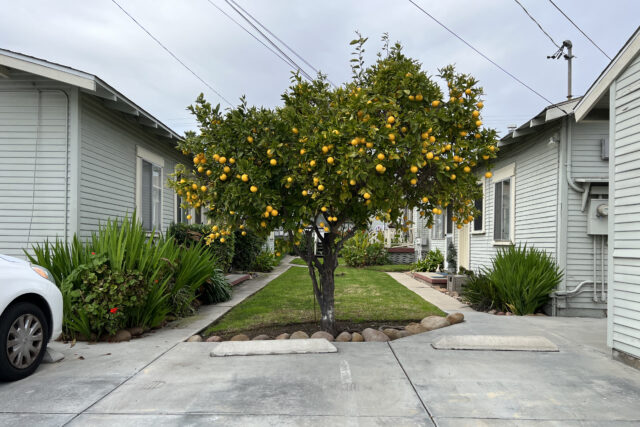Zillow lists 30 places for rent in my neighborhood of University Heights. You are looking at the most expensive: $5,950 per month. For a rent like that, I think Manhattan or San Francisco—not a somewhat middleclass area of San Diego. But, hey, the deposit is only $5500 (plus another $500, if you have a small pet). Lucky you.
Strangely, the place is a bargain, because half-a-block distance is a $5,450 rental that may be less monthly but poorer value for the size:1,450 square feet, compared to 2,325 sq ft for the pricier property.
